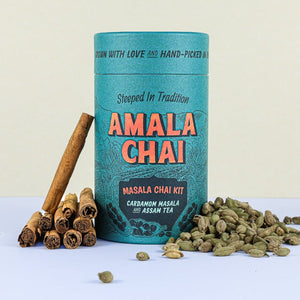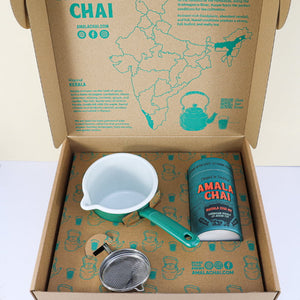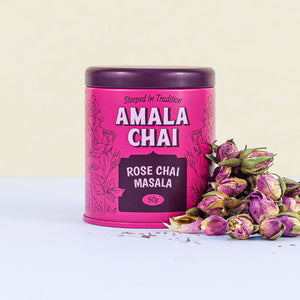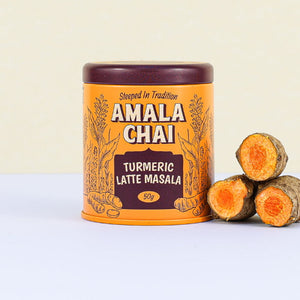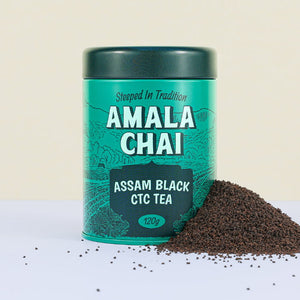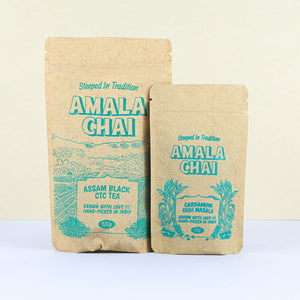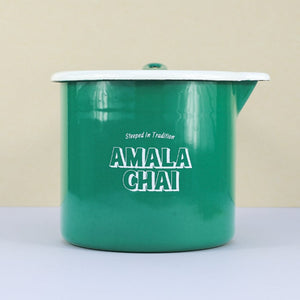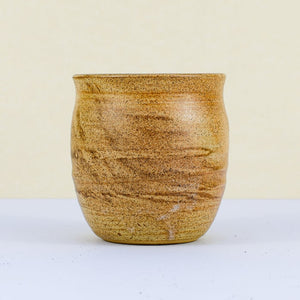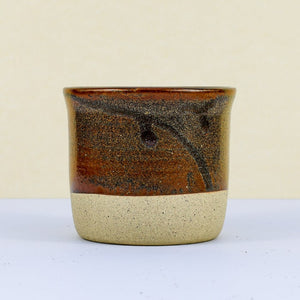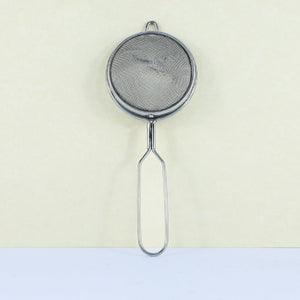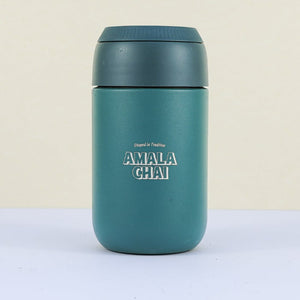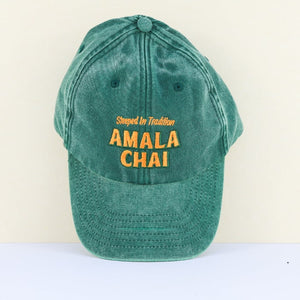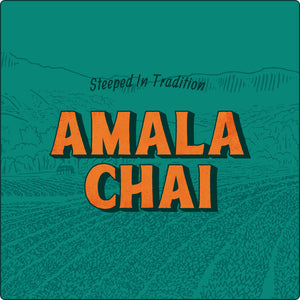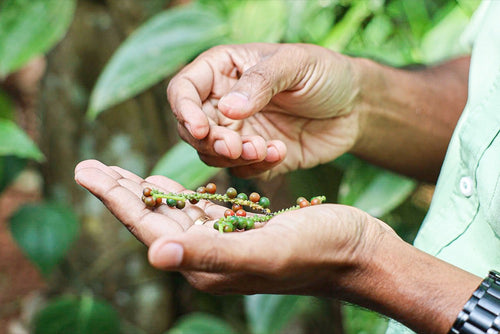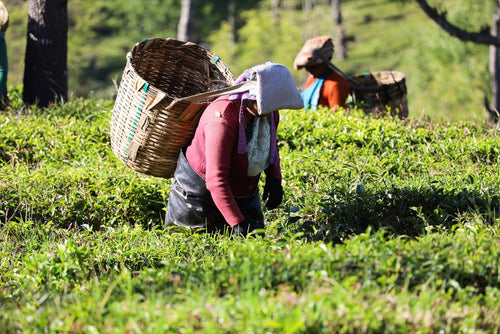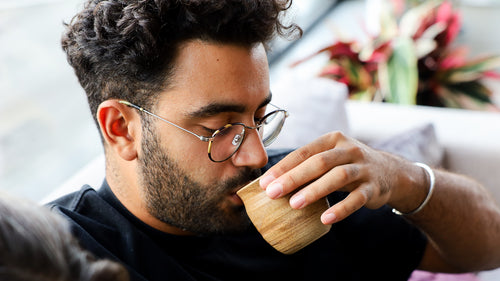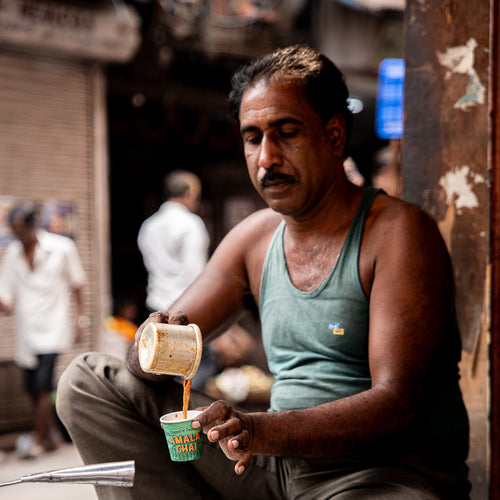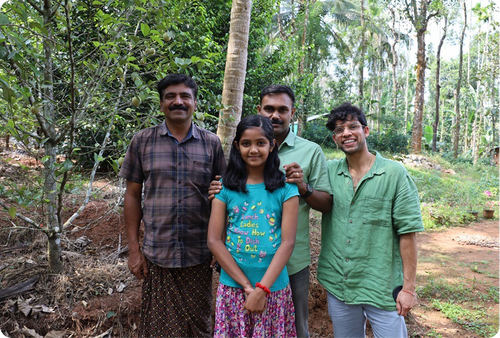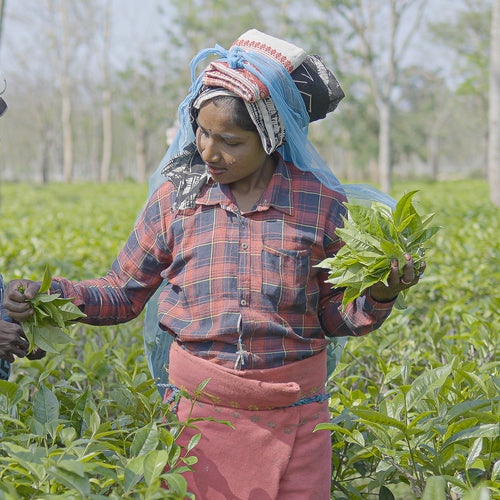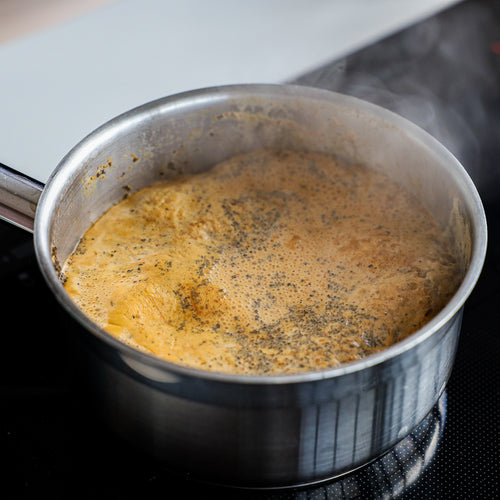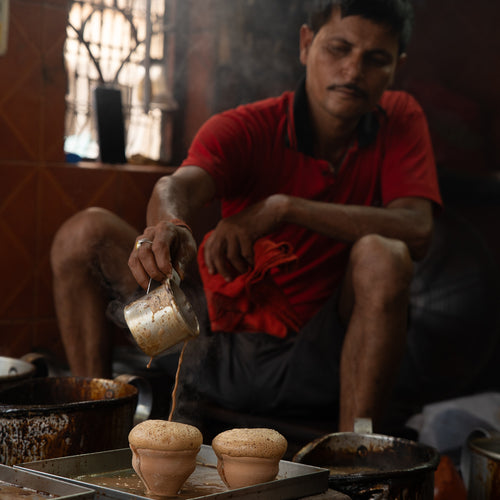History Of Masala Chai
Masala Chai has risen in global popularity in recent years - with its chai latte relative becoming a headliner in coffee shops across the globe. But where did it all start?
Masala Chai Foundations
Legends state that Masala Chai’s foundations were laid some 5,000 years ago when Indian emperors used to sip a brewed concoction of spices to remain alert throughout courtly affairs. The drink was caffeine free and used as an ayurvedic medicine. It wasn’t until 1835 and British intervention when black tea leaves were introduced.
In the 1830’s England consumed a staggering 1-pound of tea per person per year, supported by China’s monopoly on black tea. However, tea was quietly growing wild in Assam and was later noticed by British colonists, who started to exploit the plant.
By 1900 only 10% of tea consumed in England was from China, the rest was replaced by tea grown in British India and British Ceylon (now Sri Lanka).

Widespread Consumption Across India
Tea production and exports in India were high but it’s consumption remained low until the early 20th Century. In an attempt to get the nation drinking, the British owned India Tea Association promoted the caffeinated beverage during workers breaks in the name of both respite and stimulation, often given at a low cost. It soon took over and found its way into the ayurvedic-spiced concoction that the emperors used to sip in court.
However, tea remained too expensive for the common person. As a result, vendors began to use leftover tea leaves, brewed with milk, sugar and spices, to create a powerful flavour at a low cost. Here we got our first glimpse of masala chai as we know it today.
The 1960’s saw the introduction of CTC tea (Crush Tear Curl), using a mechanised production method increasing its affordability. Decreasing costs of tea now in smaller particles that made for easier infusion aided masala chai’s widespread adoption across India.
As masala chai grew in popularity, chaiwalas began to pop up in railway stations across the country, serving chai in kulhars (small clay pots). Soon enough, these stations became meeting spots for weary travellers to enjoy a moment of respite and socialise with their community.

Masala Chai Today
Masala chai is now consumed by billions across the globe and has become a staple of Indian culture. Each region across India is home to their own variation of masala chai. From the pink noon chai in Kashmir to the 6-spice chai in Gujarat, no masala chai is the same.
Today, variations of masala chai have emerged in the Western world with global brands like Starbucks selling chai lattes. Although inspired by masala chai, these millennial chai variants are not a true representation of the original drink. In fact, they often use instant spice mixes, large amounts of sugar and lack traditional brewing methods. So, if you want a truly authentic experience, stop by Amala Chai.
